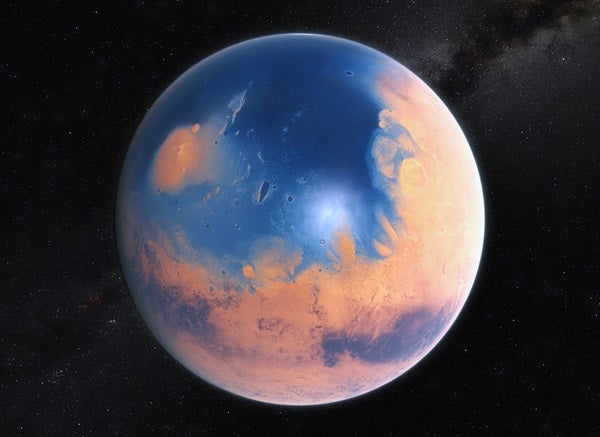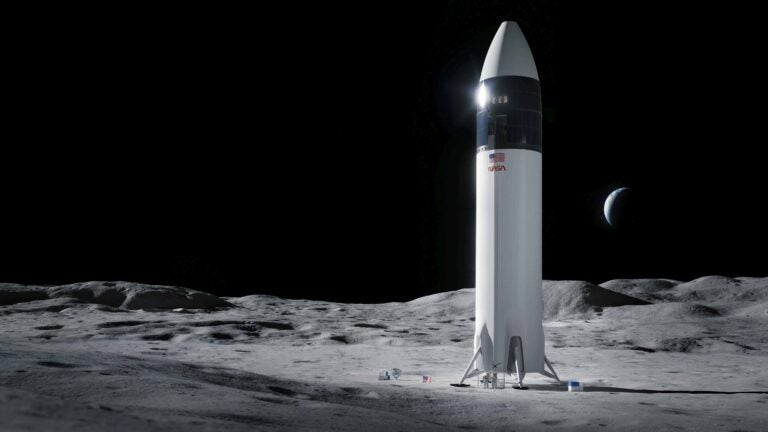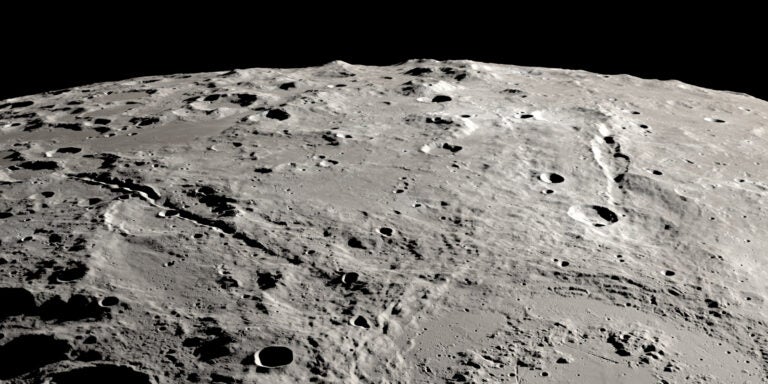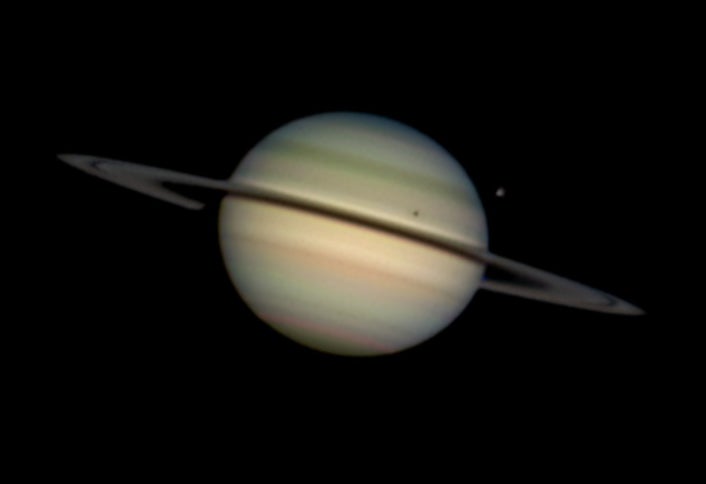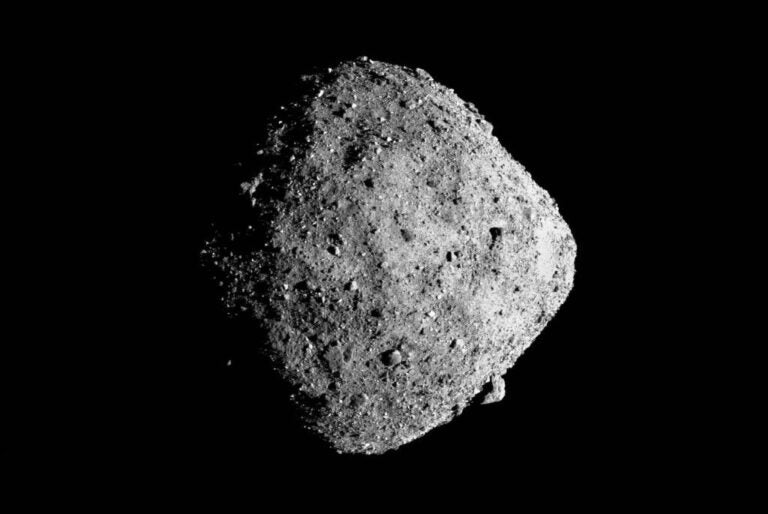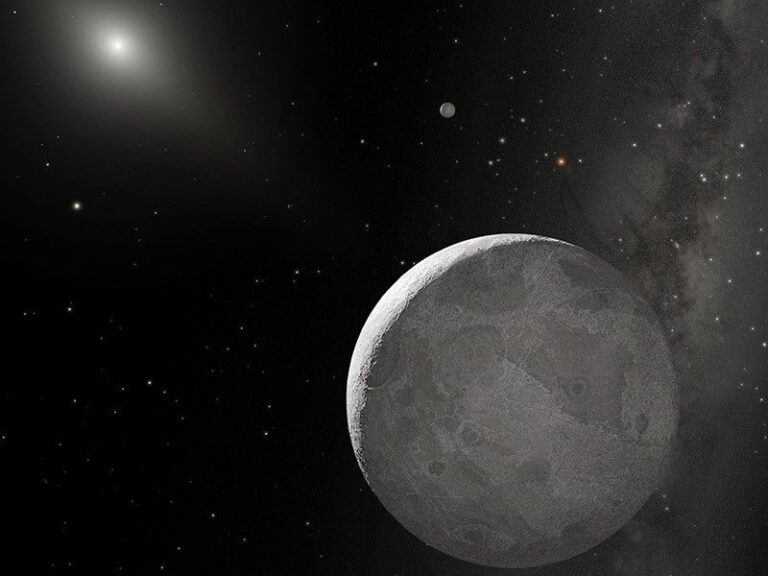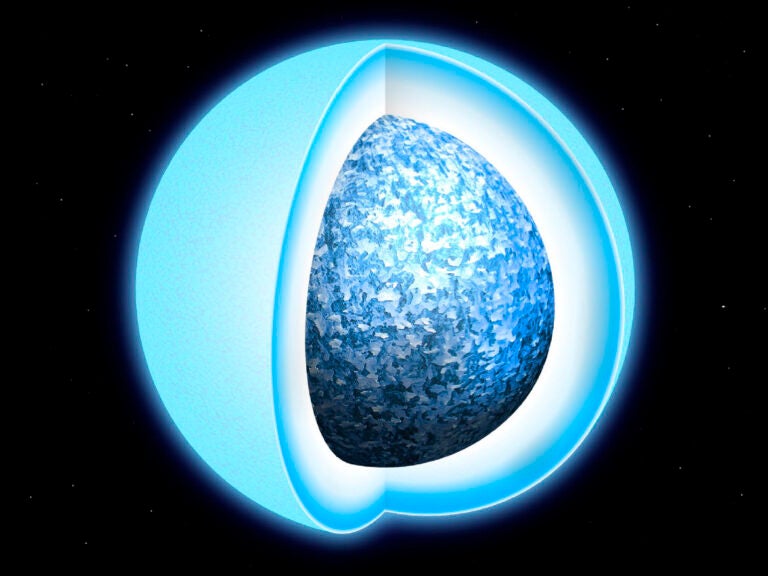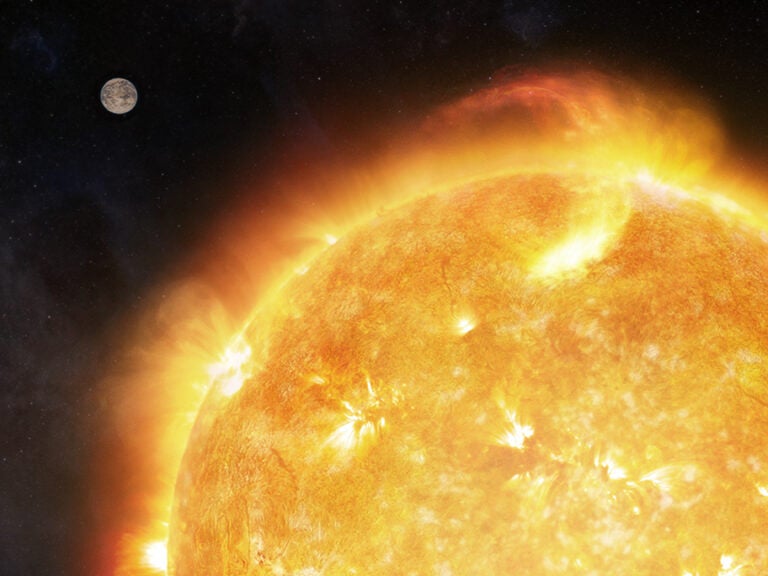The rovers and orbiters at Mars have uncovered plenty of evidence that the planet once had liquid water on its surface, from etched river gullies and dried-up shorelines to minerals that need water to form. But a new study, some five years in the making, confirms that the Red Planet hosts liquid water on its surface today. Since 2010, Lujendra Ojha, from Georgia State University, and colleagues have used Mars Reconnaissance Orbiter (MRO) data to study streaks running down martian crater walls. They suspected that the streaks, called “recurring slope lineae,” which appear to lengthen from one image to the next, mark flowing salt water. But they didn’t have proof. In the new study, published in the September 28 issue of Nature Geoscience, Ojha’s team provides the spectral signature (from MRO) of salty water at four locations of recurring slope lineae on the Red Planet’s surface — confirming that flowing water is present today on Mars.
While little water remains today, scientists know that it must have been bountiful in the past. A study published in the April 10 issue of Science analyzed how much water the planet once had. Researchers used several Earth-based telescopes to look at the martian atmosphere in infrared light. Geronimo Villanueva of NASA’s Goddard Space Flight Center and colleagues were looking for specific colors: one that corresponds to normal water (H2O) and one that comes from a heavier form of water that has an extra neutron (hydrogen-deuterium-oxygen, or HDO).
The scientists mapped the ratio of these two types of water three times over six years (or three martian years) to compare the water in the atmosphere at different seasons.
H2O is lighter than HDO and thus evaporates more easily. So by measuring the ratio of the two, the researchers could calculate how much water Mars has lost over time, and thus how much water it would have started with. Villanueva’s team says that 4.5 billion years ago, some 6 million cubic miles (23 million cubic kilometers) of water pooled in a northern ocean covering nearly 20 percent of the surface. This martian ocean would have been a bit larger than Earth’s Atlantic Ocean.
This is more water than many researchers had expected. “[Mars] was very likely wet for a longer period of time than previously thought,” said co-author Michael Mumma of NASA in a press statement, “suggesting the planet might have been habitable for longer.”

